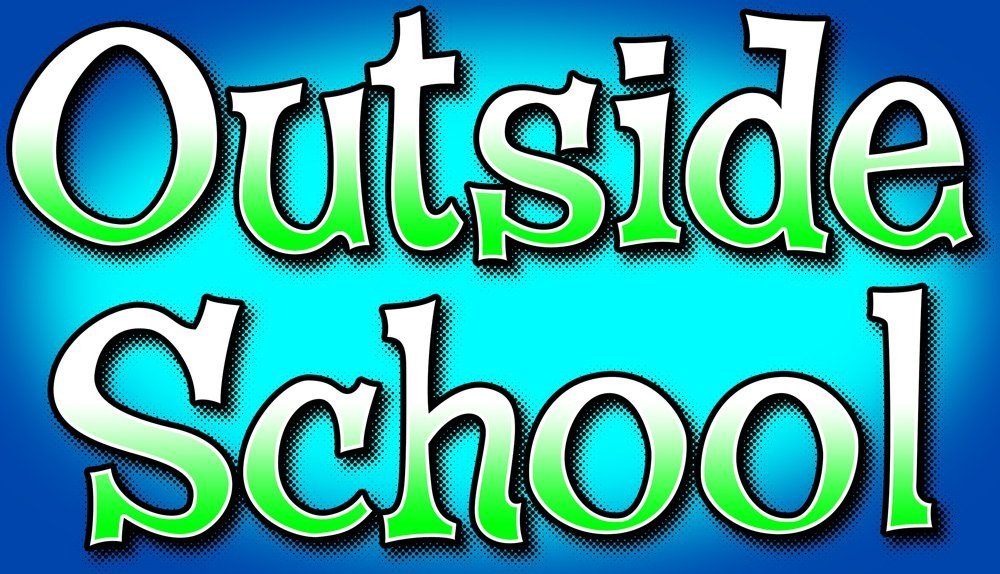Integral-Essential Learning
Integral
1a : essential to completeness : constituent b (1) : being, containing, or relating to one or more mathematical integers (2) : relating to or concerned with mathematical integration or the results of mathematical integration c : formed as a unit with another part 2: composed of constituent parts 3: lacking nothing essential : entire
Essential
1: of, relating to, or constituting essence : inherent 2a : of the utmost importance : basic, indispensable, necessary b : being a substance that is not synthesized by the body in a quantity sufficient for normal health and growth and that must be obtained from the diet 3: idiopathic
(from Merriam-Webster.com)
This theory builds heavily upon some of the other theories used in early childhood education today. One of these is Maslow's Hierarchy of Needs. We must be in tune with our students and insure their basic needs are being met so that they can learn. Another is the concept of head, heart, and hands, where teachers engage the whole child in the learning process. And as important is Gardner's theory of multiple intelligences, in which individuals are recognized for their unique set of intellectual qualities in various ratios. Emmi Pikler's work with orphans. Emergent curriculum, or the project-based approach, often exemplified by Reggio Emilia, is very intuitive.
Integral-Essential Learning demands integrity on the part of the teacher and becomes integrated into the students' selves. Furthermore, the traditional subjects themselves become integral, unable to be differentiated into the classic 3-Rs, or science, math, art, music, language, physical development (fine-motor and gross-motor).
Teaching outside is a powerful tool in which to use integral-essential learning. It is physical, with an achievement of about 1000 steps an hour whether gardening or otherwise engaged with the children. It can be mindful and meditative.
Celebrate the individual. Parents line up to hear stories about their children at the end of the day.
Assisting children with understanding how they learn.
That laugh they’ve had since they were babies. That’s what we want. That ultimate smile. That feeling that what they are doing is not hard. It feels good when you are doing what you are meant to do. Your body and mind are engaged.
There is a place in adult life for every person!
The child, while celebrated as the individual they are, must be understood to be a part of their families, their classrooms, their friends, and their outside selves.
Notes from Teacher Training classes I've taught
Onions- try and prevent layering as long as possible.
Avoid the pavement.
Create and leave.
What opportunities does our environment offer us?
Suggestions for enacting this paradigm shift
Do away with testing immediately.
Do away with grades immediately.
Keeping in mind goals for the school year, work with the students on projects to accomplish those goals.
Philosophy
Active engagement with the environment:
Climbing trees, swaying in the breeze.
Climbing up high and screaming.
Hiding under bushes with friends.
Moving heavy rocks to look for insects.
Anticipating ripe fruit.
"We make provocations, we project them to explore." -Unknown from California Mentor Institute
Develop relationships.
Things to do
Research.
Anecdotal evidence.
List what actions to take to enact paradigm change.
Work by Heather Taylor, teachoutside@gmail.com. You are welcome to share all materials with credit to her.


